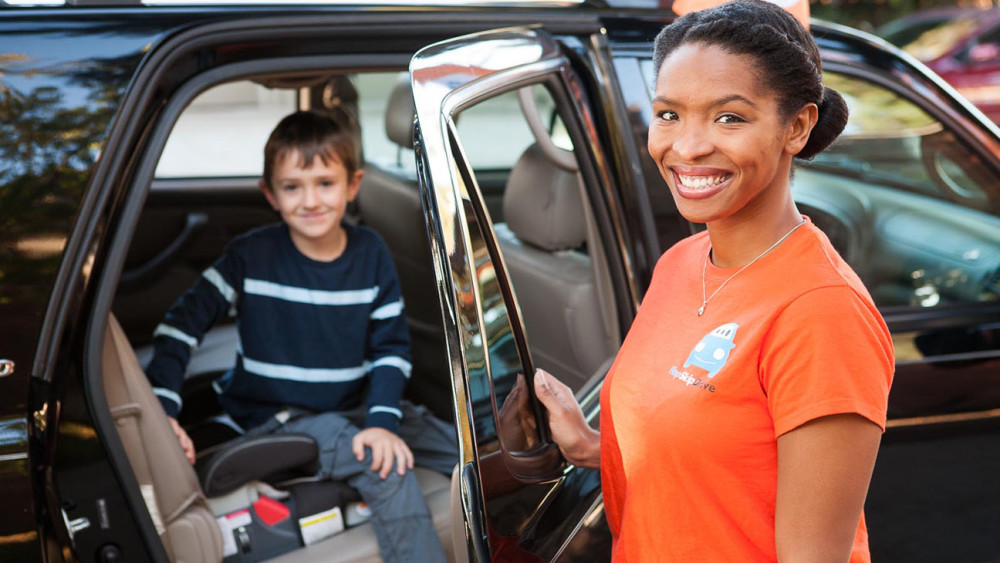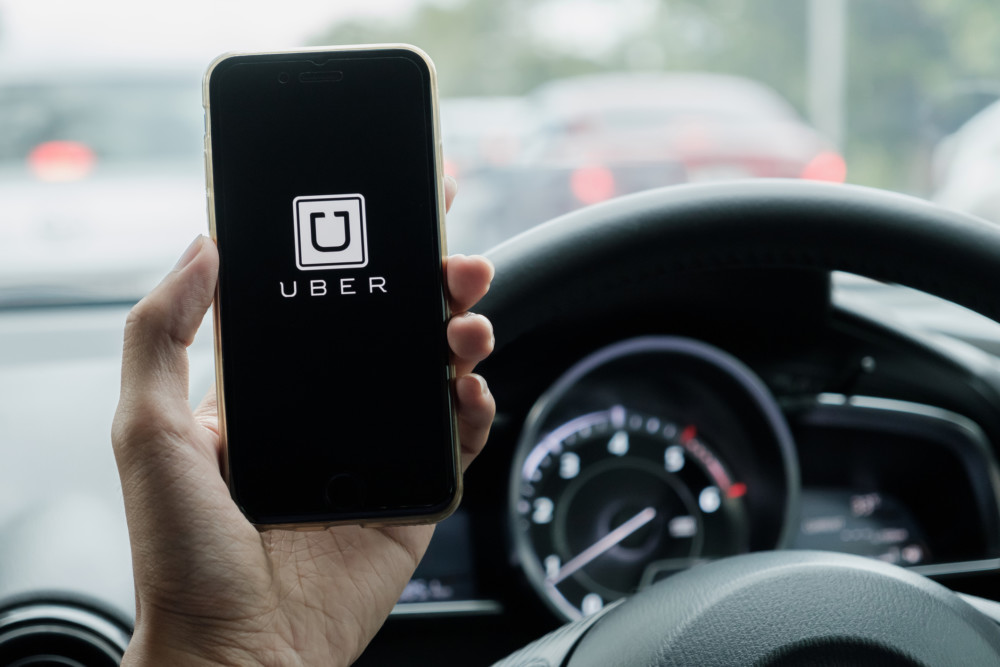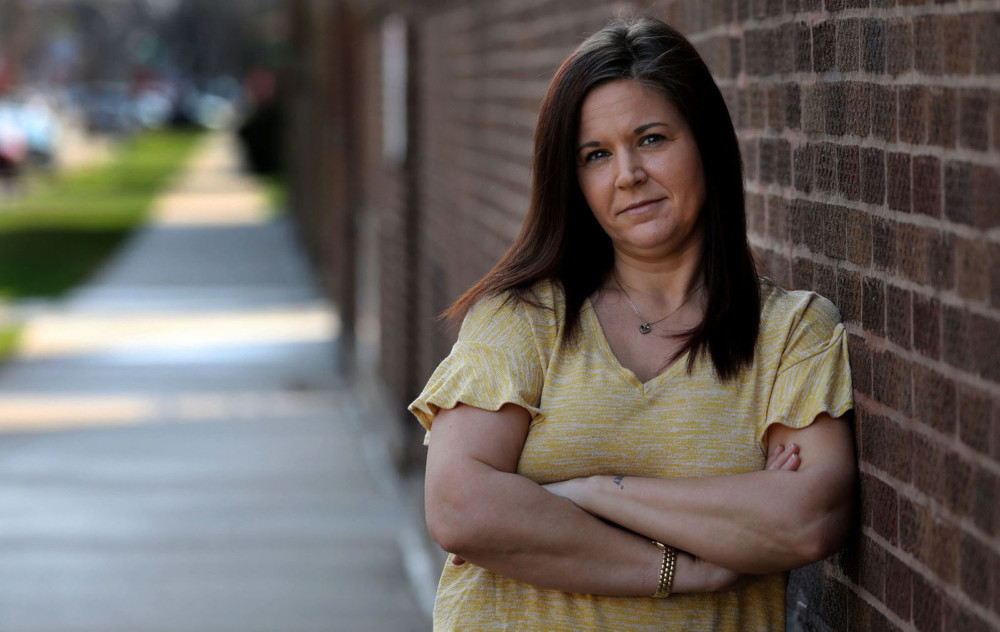By Robert Channick
Chicago Tribune.
Forget the big yellow bus or even mom’s taxi. This fall, more and more kids will be heading back to school via Uber and other similar options.
From car pools to practices, a growing number of families are relying on the services to schlep kids to and from school, after-school activities and other destinations. Demand is strong enough that several startups have launched, backed by millions in venture capital, specifically to meet the market for transporting children.
Whether the “can you pick me up” call will be fully replaced by an app remains to be seen.
“Ride-sharing companies will look for any opportunity to demonstrate to people that they can be an alternative for any situation that they encounter in their life, including back-to-school,” said Thilo Koslowski, lead automotive industry analyst at technology research firm Gartner.
While Uber and Lyft require users to be at least 18, that hasn’t stopped some parents from letting their children use the services on a regular basis, creating a gray market for UberBLACK and other ride-hailing offerings, according to industry analysts and media reports.
The practice was neither confirmed nor condoned by either company and technically violates their terms of service.
“We do not allow unaccompanied minors on the Lyft platform, per our terms of service,” said Katie Dally, Lyft spokeswoman. Uber spokeswoman Brooke Anderson declined to comment on the practice.
The nascent ride-hailing industry, which is dominated by private companies Uber and Lyft, has grown exponentially over the past few years on a network of private drivers as an urban alternative to taxis and public transportation.
Founded in 2009, market leader Uber is valued at more than $50 billion after closing its latest round of funding, according to a report last month in The Wall Street Journal. Numerous reports indicate that the San Francisco-based company is bleeding red ink as it pushes to rapidly expand.
Uber has introduced uberFAMILY — a $10 upcharge for a car that arrives with a child’s car seat — in New York and Washington, D.C., and is “exploring the possibility” of launching the service in Chicago, according to Anderson. The service is not designed for children to travel alone.
Several new competitors, including Shuddle and HopSkipDrive, are actively offering rides to children using a staff of mostly female drivers who double as caregivers, with safeguards aimed at getting parents over the hump of putting their kids in cars with strangers. Both services are looking to expand to other markets, including Chicago, by next year, executives said.
Unlike Uber and Lyft, ride-hailing services aimed at children are more likely to navigate suburban expanses than city streets, with most rides scheduled in advance. They feature more thorough vetting of drivers, specialized insurance, tracking apps to monitor progress and responsibilities that extend beyond transportation. Drivers are trained and empowered to sign kids out of school and help them check in at after-school activities.
“We call them ‘caredrivers’ because they are caregivers first and drivers second,” said HopSkipDrive co-founder and CEO Joanna McFarland, 39, a Stanford MBA and one of three moms who launched the service in March.
The added layers of security and service come at a price. Shuddle and HopSkipDrive ride fees average about 15 percent higher than Uber or Lyft, executives said.
HopSkipDrive provides rides to children 7 and over. The service now operates in its home base of Los Angeles, with 150 drivers signed on. More than 96 percent of HopSkipDrive’s drivers are women, all with at least five years of child care experience.
The concept for HopSkipDrive grew out of the founders’ frustration over getting their own kids to conflicting activities on a daily basis. They morphed from chauffeurs to entrepreneurs with $3.9 million in seed money.
The first back-to-school season looks to be busy for both upstart services.
“We’ve been getting inquiries from parents all summer about back-to-school, so we think we’ll see a big uptick in demand,” McFarland said.
San Francisco-based Shuddle, which launched last October, also specializes in ride-hailing for children. The company has raised $12 million in funding and has built a crew of 200 mostly female drivers — moms, teachers, nannies and other caregivers — to transport kids throughout the Bay Area.
Shuddle CEO Nick Allen, 36, who helped start ride-hailing service Sidecar, said demand is already building for back-to-
school bookings.
“We do expect high demand,” Allen said. “As we head back to school, we’re seeing a lot of interest, a lot of activity.”
Jeremiah Owyang, analyst and founder of Silicon Valley-based Crowd Companies, said that while there is clearly a market, limiting ride-hailing services to children may be too narrow to sustain a business model in an as-yet-unprofitable industry.
“I think it’s slicing it very thin just to do rides for children,” Owyang said. “If they could couple that with other services such as tutoring or food delivery for moms, then maybe they might have a broader segment to choose from.”
But Allen is confident, saying feedback from early adopters has been positive, with many using it to navigate the logistical demands of back-to-school. He said ride-hailing for children is a “very big niche” that isn’t served by other solutions.
“Parents are busier and busier, kids are busier and busier, and the support that was typically done by the school and the school district is on decline,” Allen said. “That opens up a perfect opportunity for us to serve that pain point and step in.”

















































































































































































































































































































































































